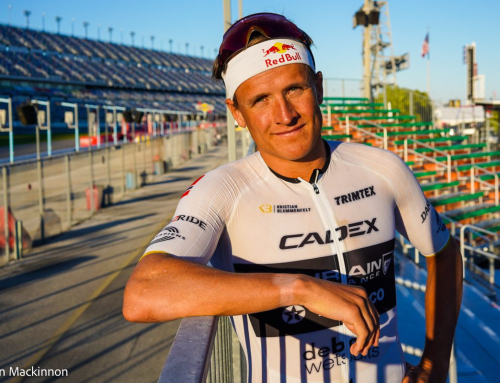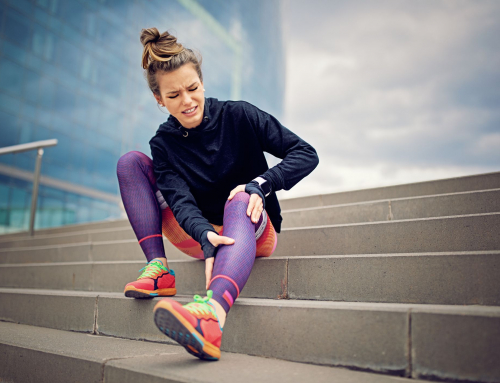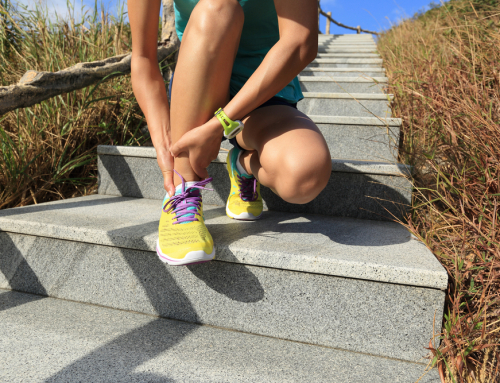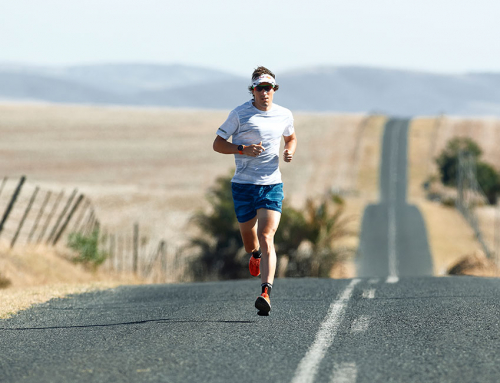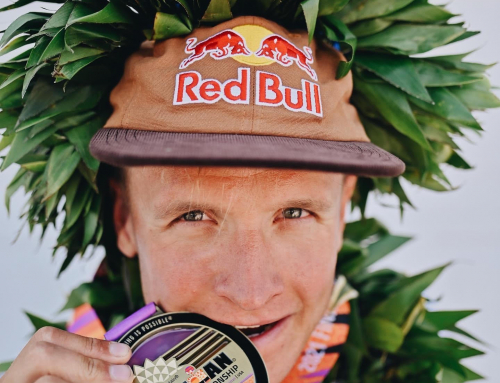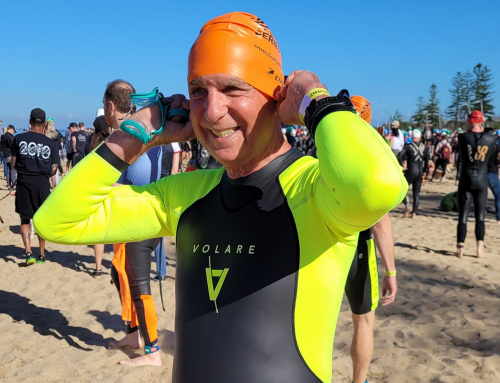Blister Management
It’s that time of year in Victoria, where the weather is warming up, meaning a more hot and humid environment in which to do our training & racing. Blisters are an ongoing issue for runners & triathletes. The main cause of blisters is friction and moisture. You can easily prevent blisters from forming by addressing these two causes in a variety of ways.
Here are ProFeet Podiatry’s top tips for managing blisters:
- Footwear: Get your shoes properly fitted by a technical store who knows walking and running shoes! If you have pressure areas you can adjust the lacing in your shoes to help offload the pressure.
- Get awesome socks & change them frequently! Technical socks (not cotton!) are the best at keeping your skin dry and strong! Make sure your socks fit well & feel good with your shoes. Ideally change socks every 8-10 km to keep your skin healthy and strong.
- Taping/Strapping: Use your training walks to identify “hot spots” or high areas of pressure or friction Use a combination of breathable tape (Mefix, Fixamul, Hypafix) and/or rigid sports tape to reinforce the skin. Practice makes perfect with taping so give it a go before your longer walks/runs.
- Shoe lacing: There are lacing techniques such as “heel lock” and “lace lock” that can help to offload pressure or reduce friction. See what works for you depending on your “hot spot”.
- Blister products: Some blister products work for specific “hot spots”. Be sure to use them in training. Engo anti-friction patches (engo.com.au) and silicone toe sleeves (chemist) are our favourites.
Check out the full article including videos here.
Triathlon Specific
You may consider not wearing socks during a sprint or standard distance race to save time. If you do this consider taking the following precautionary steps:
- Practice wearing your race shoes without socks in training to toughen up your feet
- Use baby powder to reduce moisture in your shoe whilst running
- Pre tape or strap any spots which you know might be an issue
- Consider swapping elastic laces to normal laces with a toggle
Further Reading:



